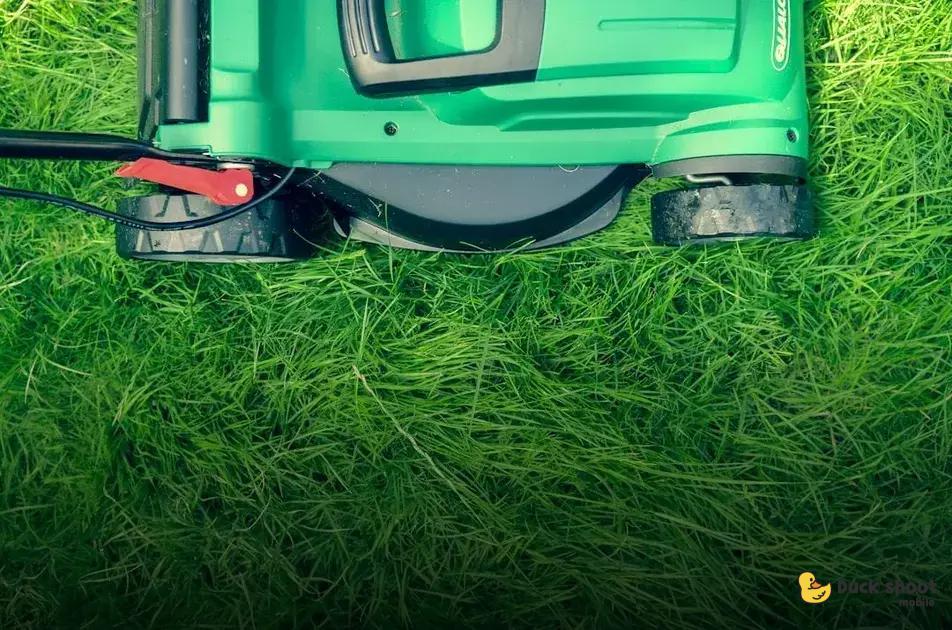Adding a water feature can transform your garden into a serene oasis. From enhancing the auditory pleasure to attracting wildlife, water features offer several benefits. Whether you have a sprawling backyard or a modest terrace, there’s a water feature that fits perfectly. Explore the reasons to incorporate water features and learn how to choose and maintain them. Dive into ideas that seamlessly blend water and landscaping for a harmonious outdoor retreat.
Why Water Features Enhance Your Garden
Water features are a splendid addition to any garden due to their aesthetic appeal and capability to create a tranquil atmosphere. Not only do they provide a visual centerpiece, but the soothing sounds of flowing water can transform your garden into an oasis of calm.
Visual Depth and Interest
Incorporating water features can add depth and visual interest, creating dynamic contrasts with other garden elements. The reflective surfaces of ponds or fountains catch light and mirror the beauty of surrounding foliage, enhancing the overall garden aesthetics.
Creating a Relaxing Ambience
Water features produce gentle, calming sounds that mask urban noise pollution, providing a peaceful retreat in your own backyard. The soundscape they create can help reduce stress and promote relaxation.
Wildlife Attraction
Birds, butterflies, and beneficial insects are naturally drawn to water. By adding a water feature, you invite these creatures into your garden, promoting biodiversity and a balanced ecosystem.
Moreover, water features serve as a natural humidifier, improving air quality and supporting the health of your garden plants. They create microclimates that benefit moisture-loving plants and add to the lushness of your green space.
Energy Efficiency and Sustainability are also key advantages. Many modern water features come with solar power options or energy-efficient pumps, ensuring you can enjoy their benefits sustainably.
Perhaps one of the underrated benefits is the increase in property value. A well-designed garden with a water feature can be a selling point, appealing to potential buyers due to its uniqueness and the added character it brings.
Choosing the Right Water Feature for Your Space

A key element for turning any outdoor area into a captivating garden paradise is choosing the perfect water feature. Not only does it add aesthetic value, but it also creates a soothing ambiance.Evaluate Space Size: Before deciding, assess the space available.
- Small patios or balconies may benefit from compact fountains or wall-mounted features.
- Larger areas can accommodate ponds or cascading waterfalls.
Consider the Atmosphere: Think about the mood you wish to set. A gentle bubbling fountain provides a calming effect, while a larger waterfall can energize the surroundings.
Material Matters: Opt for materials that blend well with the existing garden elements. Stone and ceramic offer a natural feel, while metal and glass can provide a modern touch.
Complement Existing Decor: Ensure your water feature aligns with the current theme of your garden, whether it’s zen-inspired, rustic, or contemporary.
Easy Installation: Choose designs that offer easy installation if you prefer a DIY approach. Many options come as ready-to-assemble kits.
Aim for Harmony: The water feature should enhance, not overwhelm your garden. Balance is key. Place it harmoniously among plants, paths, and seating.
Installation Tips for Water Features
When installing water features in your garden, it’s crucial to start with a solid plan. Identify the ideal location that can support the feature’s weight and does not disrupt existing plants or infrastructure. Consider the proximity to a power source if your water feature requires electricity for pumps or lights.
Prepare the site by removing any debris or rocks and leveling the ground. A stable foundation, such as a concrete pad or a sturdy frame, is essential for heavy water features like fountains or ponds. This ensures longevity and prevents future shifting.
Water supply is another critical factor. Ensure you have an adequate and accessible water source. For larger features, consider integrating a rainwater harvesting system for sustainability.
Ensure proper drainage
to avoid waterlogging, which can damage both the feature and your garden.
Invest in quality pumps and filtration systems. These components are vital for maintaining water circulation and cleanliness, preventing algae build-up, and ensuring your water feature remains visually appealing.
Consider safety aspects, especially if children or pets frequent the area. Make sure cords are securely hidden and that the feature is stable to prevent accidents.
Use suitable materials
that blend with your garden’s aesthetics and can withstand your local climate conditions.
Test your feature thoroughly before finalizing its installation. Check for leaks, ensure the pump functions properly, and adjust the water flow to the desired level. Regularly inspect and maintain your feature to keep it in optimal condition.
Maintenance of Water Features in Your Garden

Ensuring Proper Water Circulation: Regularly check the pump to guarantee it circulates water efficiently, preventing stagnation that can lead to algae growth. Clean any debris from the pump and adjust its position if necessary to maintain optimal flow.
Seasonal Cleaning and Debris Removal: Leaves and debris can accumulate in your water features, so it’s essential to remove them to keep the water clean. Using a skimmer net will help you quickly clear leaves from the surface.
Algae Control and Prevention: Algae can detract from the beauty of your water feature, so consider using algae inhibitors or natural solutions such as barley straw. Regular scrubbing of surfaces can also help prevent algae buildup.
Water Level Monitoring: Always maintain an appropriate water level to prevent the pump from running dry. Evaporation is natural, so periodically topping off your feature with fresh water is crucial.
Pump Maintenance: Regular inspections and maintenance of your pump can prolong its life and performance. Ensure it’s free of clogs and replace any worn parts as needed.
Winter Preparation: In colder climates, prepare your water features for winter by removing the pump and safely storing it indoors. In-ground ponds may require a pond heater to prevent water from freezing entirely.
Using Eco-Friendly Practices: Opt for eco-friendly cleaning products to maintain water quality without harming local wildlife. Consider solar-powered pumps as an environmentally-friendly alternative to reduce energy consumption.
Ideas for Integrating Water Features with Plants
Integrating water features with plants can transform your garden into a tranquil oasis. To achieve a harmonious blend, start by selecting plants that naturally thrive near water. Consider using marginal plants such as irises and marsh marigolds around the edges of ponds or streams. These plants not only enjoy the damp conditions but also help in anchoring the soil.
Create a Balanced Ecosystem
Incorporate aquatic plants like water lilies or lotus to enhance the beauty of your pond while maintaining water quality. These plants can provide necessary shade, reducing algae growth. If you have a fountain, place moisture-loving plants like ferns or hostas nearby. These plants can handle the spray and moisture from the fountain, creating a lush, green backdrop.
Utilize Vertical Space
For smaller gardens, use vertical plantings alongside water features. Install climbing plants such as clematis or ivy on trellises near your water feature to maximize space and add height. This creates a layered look which adds depth and interest to the garden.
Consider the use of container gardens to complement water features. You can place potted plants like horsetail or papyrus along the perimeter. Containers provide flexibility as they can be rearranged for optimal aesthetic appeal throughout the year.
Finally, ensure each plant chosen contributes to the overall theme and mood of your garden. Varied textures, colors, and heights can harmonize with the sounds and motion of water, creating a unified and serene environment.


 Hosting a Garden Party: Nature-Inspired Décor Tips
Hosting a Garden Party: Nature-Inspired Décor Tips  Outdoor Lighting Ideas to Highlight Your Garden Neatly
Outdoor Lighting Ideas to Highlight Your Garden Neatly  Creating a Relaxing Garden Retreat: Tips for Bliss
Creating a Relaxing Garden Retreat: Tips for Bliss